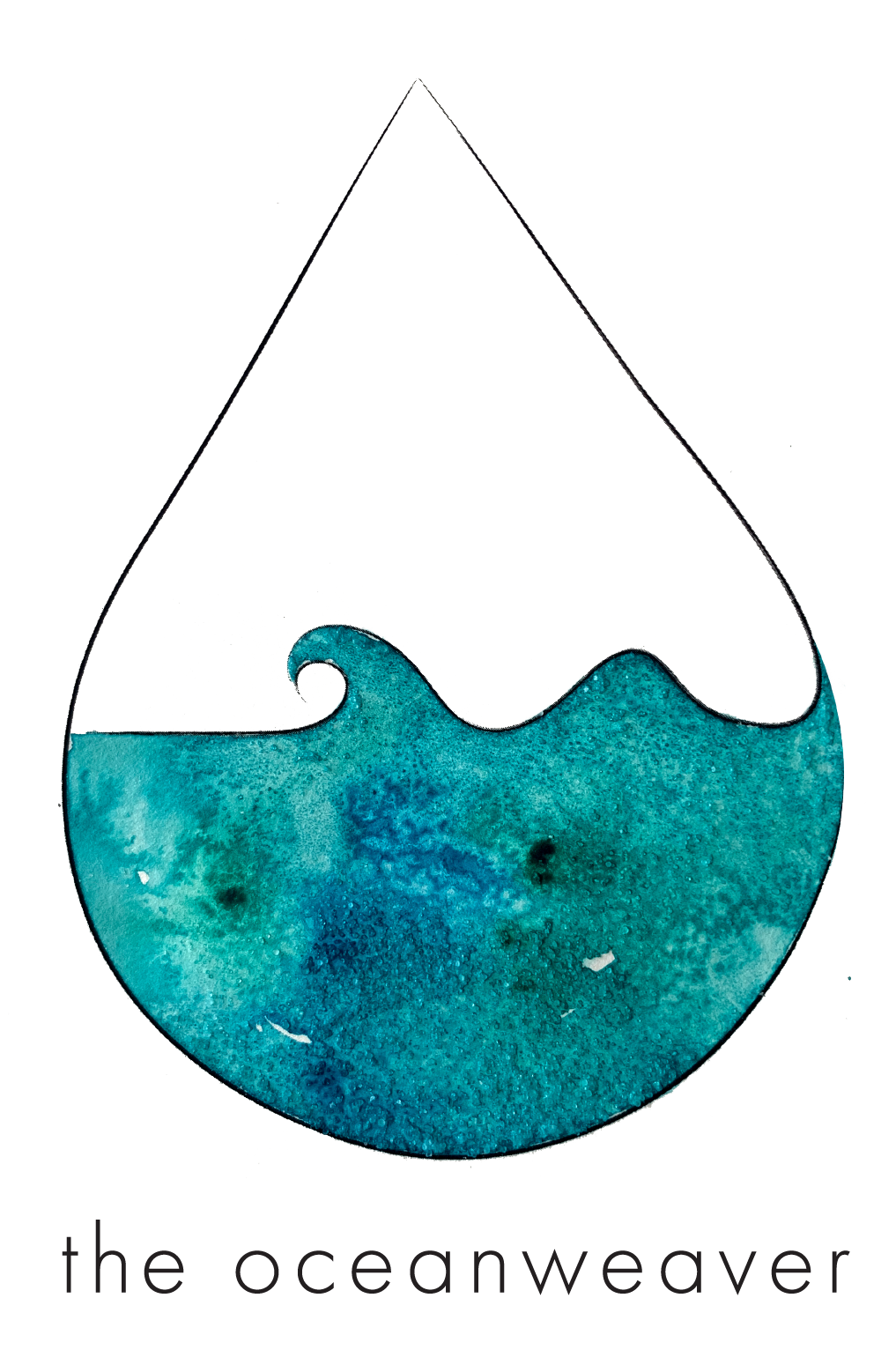WEAVING OUR STORIES
How the textile heritage have shaped our past, is part of our present and can be influential in our future
By: Silvia Colombo
A FABRIC IS PURELY A FABRIC, AT FIRST GLANCE. f
But is it, really? Apparently, it just looks like a piece of interwoven threads that comes in different models and sizes, it is dyed in various colours and is made of a wide range of materials. But we all know that nothing is as it appears. Thus a fabric cannot be merely considered as it seems. It would rather be comparable to a map. At the beginning, we notice its colours and its whole appearance. Then, on reflection, we are able to see through it, discovering details we haven’t even considered in the first place. And the more we observe, the more we realise its complexity. All the contrasts, nuances and imperfections suddenly stand out. And it is exactly at this point that each and every one of them starts to tell a story. Or, better, multiple stories. Nowadays, when we talk about textile production, we think about styles, sizes, materials and colours, while in the past textiles and clothes mostly had a more functional role within society. If they were produced and worn with practical purposes – mainly to keep one warm –, they also present traditional features. Through specific textile wefts and peculiar patterns, embroideries and decorations they have been able to define the identity of a people and draw their path through history. In other words, they own a sort of recognisability. So, how can we become visible and identifiable through them? In which way do we communicate our position in the world, our origins and the experiences we have been through? It is also in that sense that the textile heritage deals with geography and anthropology. Different cultures are used to different tastes, techniques and patterns and have access to diverse resources. This variation is a matter of cultural affinity – or, on the contrary, of diversity – and, often, of physical proximity. Therefore it is extremely important to document, preserve and keep the textile heritage, and even more the rural textile heritage, alive. All those fabrics and clothes, when put into a context, reveal details about their production, use and function. Once those information get lost, this heritage risks to disappear and to be absorbed in a globalised conformism. Moreover, if we look at it from the point of view of sustainability – which is becoming more and more significant at present –, we need to think about the longevity of the products and their fibers.
GIVING VOICE TO MINORITIES
That is why we need to preserve a past we tend to forget, transmitting it to the present and, possibly, even to the future generations. In this way, we also have the possibility of giving voice to the cultural and ethnic minorities, paying attention to the stories more than the histories as well as to the periphery instead of the city centre. Since rural traditions, and especially those referred to the smaller areas, are often endangered, to perpetuate is a way of recollecting and passing on a specific legacy through time. Within this frame, museum collections work as items and stories-collectors, as treasure-keepers but even as democratic storytellers aiming at establishing an inclusive dialogue with a diverse public – with no distinctions nor borders. In light of all this, we understand why a fabric is a lot more than just the fabric itself. Overall, it can be considered the reflection of the historical complexity of a precise group, since it mirrors its journey through centuries, but also through technology.
A cloth, for example, tells us something about both the production processes and the tools used. Just looking at it, by reading through its threads, we distinguish various techniques, from knitting to crocheting, from handweaving to looming. It unravels certain traditions and habits and it refers to specific economic and social dynamics so we can recognise the roles and positions of people within the society as well as their jobs and standards of living. Inevitably, the textile heritage has to do with culture – and when it comes to the rural textile heritage, it also speaks for smaller communities that maybe didn’t have the chance to raise their voices. It even deals with spatial proximity, suggesting the availability of specific raw materials and pigments within a limited territory.
And raising the geographical question again, it traces older and newer trade routes establishing networks all over the world. As the layout suggests, fabrics are the webs capable of uniting people from afar. They create associations by building bridges between space and time – between different continents, between yesterday, today and tomorrow.


